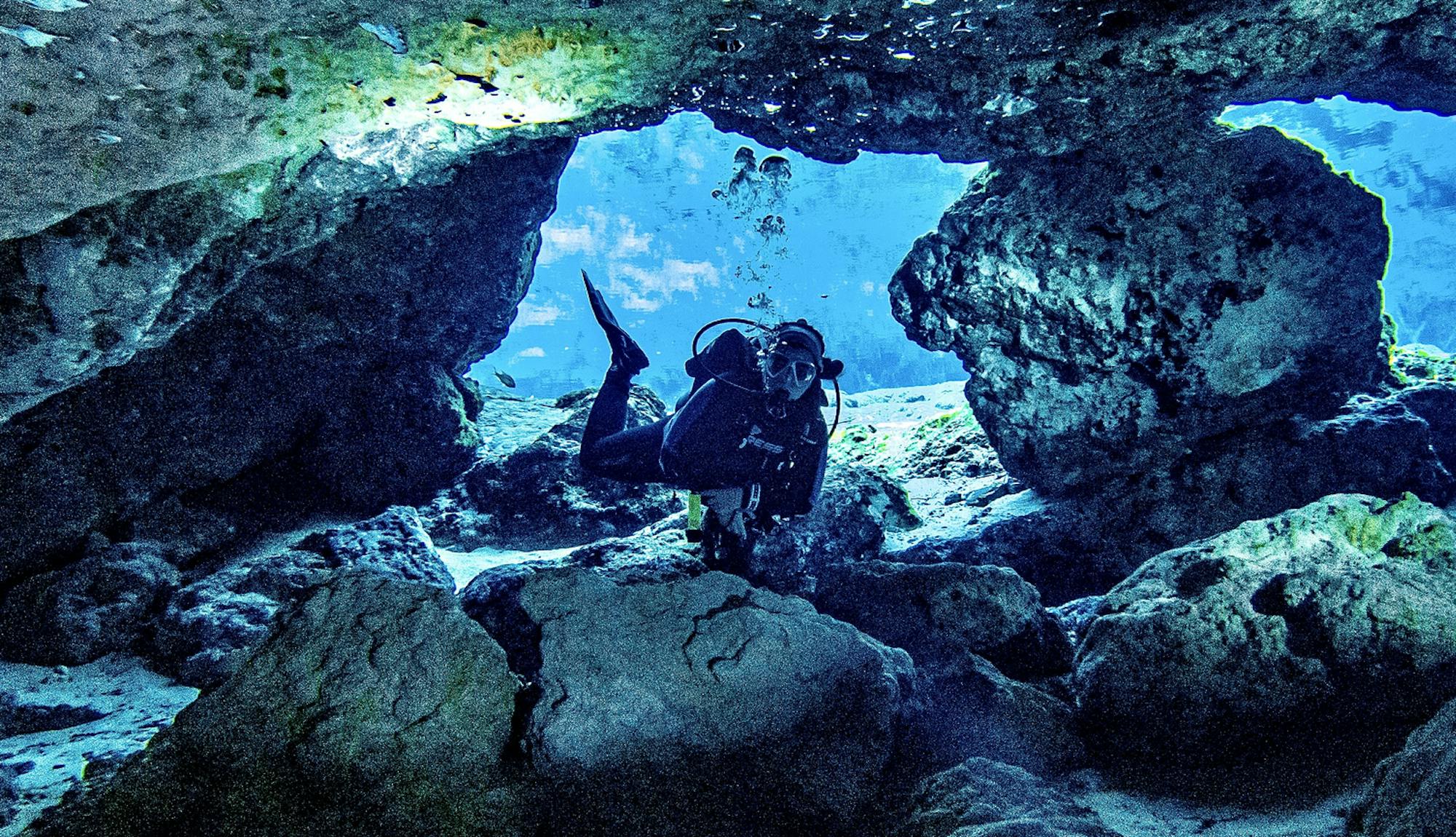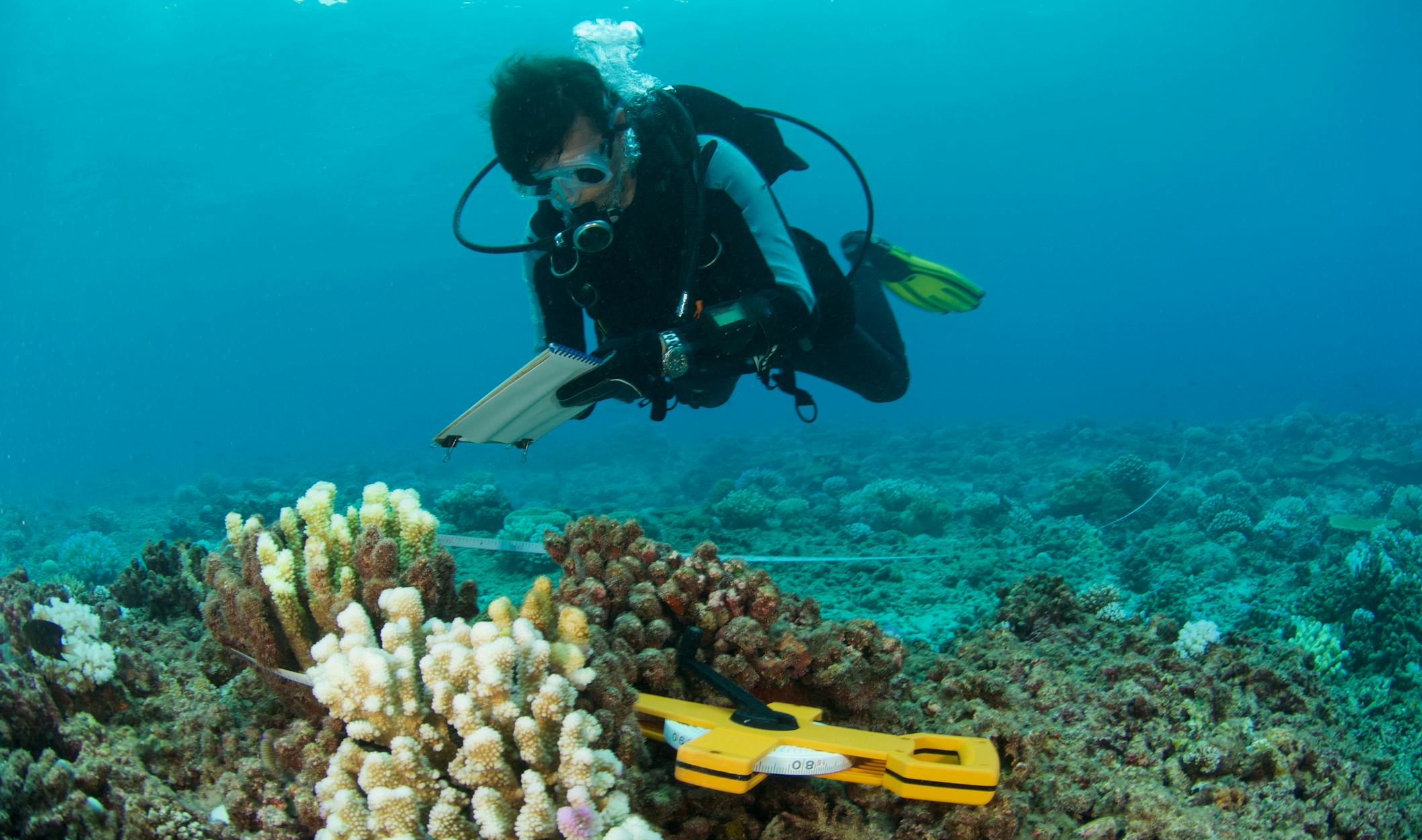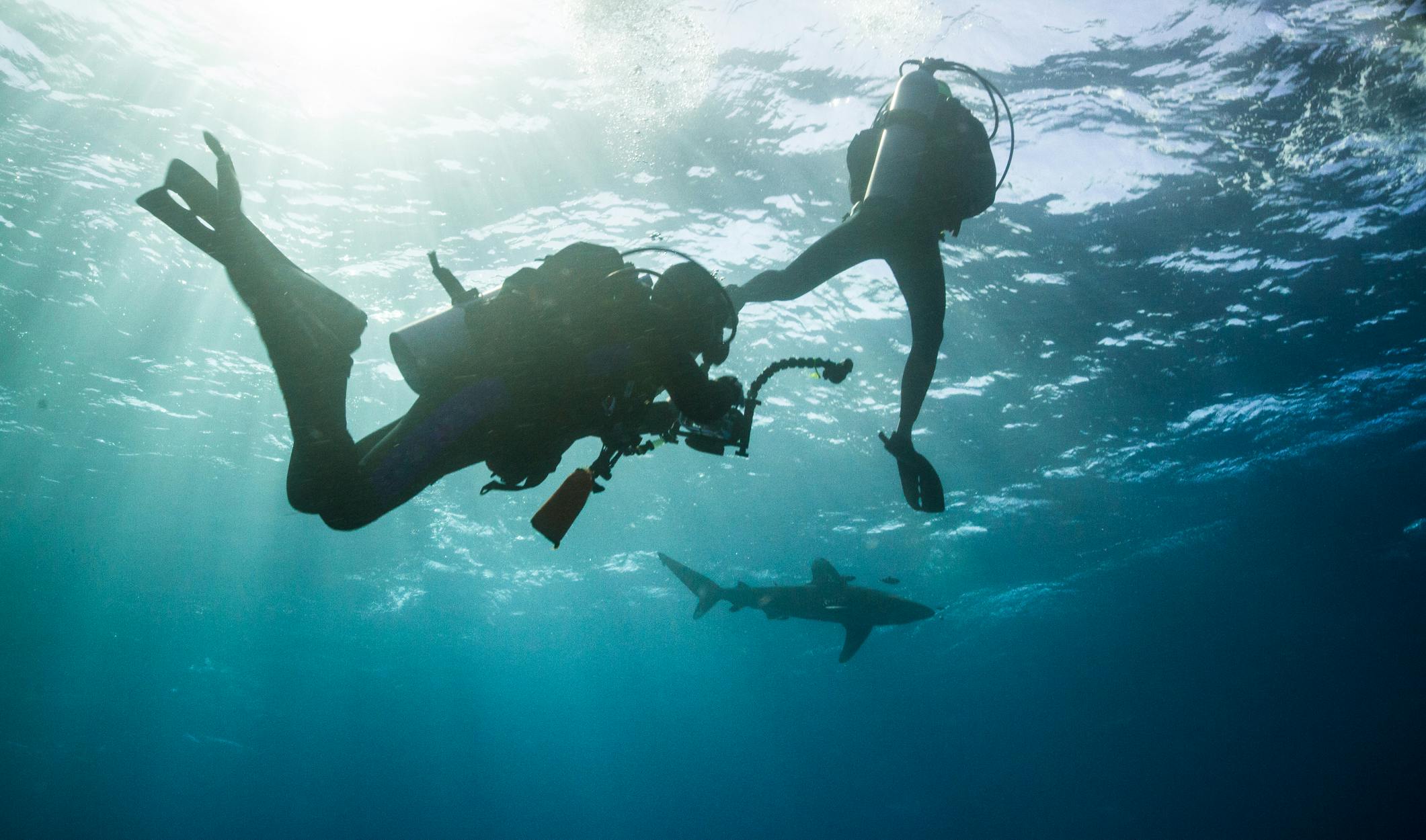Free Shipping on orders of $49+ | Signup for Direct Rewards
Free Shipping on orders of $49+ | Free Store Pickup | Signup for Direct Rewards
Free Shipping on orders of $49+ | Signup for Direct Rewards
Free Shipping on orders of $49+ | Free Store Pickup | Signup for Direct Rewards

With its crystal-clear waters, diverse marine life, and world-famous dive sites, Florida is a dream destination for diving enthusiasts. Whether you're an experienced diver or just starting out, the Sunshine State offers something for everyone, from vibrant coral reefs and shipwrecks to underwater caves and encounters with unique marine species. Here are 10 reasons why diving in Florida should be at the top of your bucket list.
Florida offers a wide range of dive sites for every interest, from wreck diving and cave exploration to vibrant coral reefs. Off Fort Lauderdale, you can explore numerous shipwrecks brimming with marine life. In Ginnie Springs, the crystal-clear waters and underwater caves attract divers from around the world. If coral reefs are your passion, Miami’s coast is home to thriving ecosystems filled with colorful fish and sea turtles. Florida also boasts freshwater springs like Devil’s Den and Blue Grotto, where you can dive through clear caverns and see ancient fossils. Whether in the ocean or the springs, Florida promises unforgettable diving adventures.
Florida's subtropical and tropical climate makes it a haven for divers all year long. With water temperatures ranging from the mid-70s in winter to the mid-80s in summer, diving conditions remain comfortable no matter the season. Unlike many other dive destinations that face seasonal closures or unpredictable weather, Florida offers consistent access to its underwater wonders, including vibrant coral reefs, fascinating shipwrecks, and abundant marine life. Winter brings calmer conditions in the Gulf of Mexico, while summer is perfect for exploring the Atlantic coast and the Florida Keys. Whether you're visiting in January or July, Florida's diving scene is always open for adventure.
Diving on Florida's west coast offers a unique and tranquil underwater experience, perfect for those seeking calm, warm waters and hidden treasures. Known for its Gulf of Mexico dive sites, the area features fascinating artificial reefs, sunken shipwrecks, and a variety of marine life. During the scalloping season, the west coast becomes a hotspot for adventurers looking to snorkel or dive for these delectable shellfish, particularly in areas like Crystal River and Homosassa. Popular spots like Clearwater, Sarasota, and Naples provide excellent opportunities for both beginners and seasoned divers. Whether you're exploring the shallow wrecks, deeper offshore reefs, or gathering scallops in seagrass beds, the west side of Florida promises a memorable and serene underwater adventure.

Stretching from the Palm Beaches to the Treasure Coast, this region boasts the Gulf Stream's warm, clear waters, which attract everything from tropical fish to majestic sea turtles, rays, and even sharks. Popular dive spots like the Blue Heron Bridge in Riviera Beach are perfect for macro photography enthusiasts, while deeper wreck dives, such as the SS Copenhagen or artificial reefs off Fort Lauderdale, cater to those seeking adventure. The East Coast is a diver’s paradise blending accessibility with unforgettable underwater experiences.

Florida is renowned for its exceptional freshwater cave and cavern diving, offering some of the most unique and thrilling underwater experiences in the world. Central Florida, in particular, is home to a variety of stunning springs, such as Wakulla Springs and Silver Springs, where divers can explore mesmerizing underground caverns, crystal-clear waters, and intricate cave systems. These caves feature breathtaking formations like stalactites, stalagmites, and crystal-clear pools, making them a diver’s paradise. While cave diving here can be challenging, it also provides a rare opportunity to explore one of nature's most awe-inspiring underwater landscapes, drawing divers from around the globe to experience the beauty and mystery of Florida’s freshwater caves. Always remember to only dive through caves and caverns if you are properly trained and certified!
Key Largo, Florida, is known as the "Scuba Diving Capital of the World" thanks to its abundance of easily accessible dive sites. Located at the northernmost point of the Florida Keys, it sits along the Florida Reef Tract, the third-largest barrier reef in the world. This vibrant reef system is home to colorful corals, tropical fish, sea turtles, and more. Key Largo also features iconic attractions like John Pennekamp Coral Reef State Park and the famous Christ of the Abyss statue. With warm waters, great visibility, and dive sites close to shore, it’s a top destination for divers of all levels.
Florida's coral reefs, particularly in the Florida Keys, are some of the most biologically diverse in the world. These thriving ecosystems are home to over 500 species of fish, 60 species of coral, and a wide variety of invertebrates, making them perfect for underwater photography and exploration.
Florida is dedicated to protecting its marine environments, and many of its dive sites are located within protected areas like the Florida Keys National Marine Sanctuary. This sanctuary covers nearly 3,000 square miles of coral reefs, seagrass beds, and mangroves, helping preserve the area’s rich marine life. Other protected areas, like Biscayne National Park and Everglades National Park, also safeguard important coastal habitats, home to species like sea turtles, manatees, and dolphins. Strict regulations help minimize human impact, ensuring these ecosystems remain healthy. By diving in these areas, visitors support ongoing conservation efforts and get to experience Florida’s underwater beauty while helping protect it for future generations.

Florida is famous for some of the best wreck diving in the world, with sunken ships, aircraft, and submarines now thriving as artificial reefs. In Key Largo, the "USS Spiegel Grove" is a popular dive site, where divers explore a massive naval ship surrounded by marine life. Off Fort Lauderdale, the "Tenneco Towers"—two sunken oil rigs—offer a unique diving experience, attracting diverse underwater creatures. Florida’s wrecks provide exciting opportunities to dive into history while encountering vibrant marine ecosystems, making it a top destination for wreck diving enthusiasts.

Florida offers some truly unique dive experiences. One of the most exciting is diving with sharks off Jupiter, where divers can safely encounter species like reef sharks and bull sharks in their natural environment. For a more remote adventure, the Dry Tortugas, a group of islands near Key West, offers a one-of-a-kind dive experience. Known for its clear waters and rich marine life, this area features historic shipwrecks, thriving coral reefs, and the remains of Fort Jefferson. Accessible only by boat or seaplane, the Dry Tortugas provide a peaceful, off-the-beaten-path dive that combines history with vibrant underwater ecosystems.
Florida offers a unique opportunity to dive in both saltwater and freshwater environments, giving divers the best of both worlds. On the saltwater side, you can explore vibrant coral reefs, shipwrecks, and rich marine life along the coastlines of the Atlantic and Gulf of Mexico. In contrast, the state’s freshwater springs, like Wakulla Springs and Ginnie Springs, provide a completely different experience, with crystal-clear waters and stunning underwater caves. Whether you're drawn to the bustling ecosystems of the ocean or the serene, mysterious beauty of freshwater caves, Florida offers a diverse range of diving experiences, allowing you to enjoy two distinct worlds in one incredible destination.
With its vibrant coral reefs, diverse marine life, and countless dive sites to explore, it’s no wonder the Sunshine State is a top destination for underwater adventurers. Whether you're seeking tranquil shallow waters or the thrill of deeper wreck dives, Florida promises unforgettable memories beneath the waves. So, pack your gear, dive into the adventure, and discover why Florida is truly a diver’s paradise.
What is the best time of year to go diving in Florida?
Florida offers year-round diving due to its warm climate and water temperatures. Summer months (June to August) provide warmer water and calm seas, ideal for exploring reefs and wrecks. Winter (December to February) is popular for diving with manatees in freshwater springs. However, the best time depends on what type of diving you're interested in and your location in the state.
What kind of marine life can I expect to see while diving in Florida?
Florida’s waters are home to an incredible variety of marine life. In saltwater, you can encounter tropical fish, sea turtles, nurse sharks, rays, barracudas, and vibrant coral reefs. In freshwater springs, you might see manatees, turtles, and garfish. Some sites, like wrecks, attract large schools of fish and unique invertebrates like sponges and sea fans.
Do I need to be an experienced diver to enjoy Florida's dive sites?
Not at all! Florida offers dive sites suitable for all skill levels. Beginners can enjoy shallow reefs and calm waters, such as those in John Pennekamp Coral Reef State Park in Key Largo. Advanced divers can explore deeper wrecks like the Vandenberg or the Spiegel Grove. For cave diving, experience and certification are required.
What equipment is recommended for diving in Florida?
Most divers use standard scuba gear, including a wetsuit (3mm in summer or 5mm in winter), fins, mask, and regulator. In cooler months or for deeper dives, a thicker wetsuit may be necessary. If you don’t own gear, many dive shops across Florida offer rentals. For certain activities, like drift diving, a dive flag or surface marker buoy (SMB) is recommended.
What are some must-visit dive sites in Florida?
Florida has many iconic dive spots. Key Largo’s coral reefs and wrecks like the Spiegel Grove are a must. The Blue Heron Bridge in Riviera Beach is famous for shore diving and macro photography. For wreck enthusiasts, the Oriskany in the Panhandle and the Tenneco Towers off Fort Lauderdale are highlights. Freshwater springs like Ginnie Springs are perfect for cave and cavern diving.